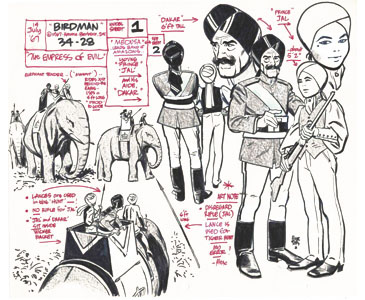Press releases tend to show a the elevated track passing over small, gently rolling hills.
While the actual route often looks more like this.
Snow closures are not unusual on this stretch of I-5, nor are high winds, fires and earthquakes. With more than three-hundred miles of proposed elevated high-tech track that needs to be built to extremely tight tolerances, these factors add up.
It might be helpful if the California-based reporters covering this story would drive some of the road for themselves just to get a feel for what's being proposed. It is also a good excuse to visit Bakersfield, which, as Jonathan Gold explains, is a good way to spend an afternoon.
When I worked at the L.A. Times in the 1990s, my fondest desire was to get Bakersfield on the cover of the travel section, for just one week to replace the Rhine castles and Parisian cityscapes with a picture of the Bakersfield sign that then arched over Union Avenue, and it was a proud day when I succeeded, although I think the editors at the Bakersfield Californian thought I was making fun of them. (The unfortunate headline was "Achy Breaky Bakersfield.") I wasn't.
Bakersfield, a scant two hours away, offers the not-inconsiderable pleasure of being in a place that is neither Los Angeles nor part of greater Los Angeles, a town that is thoroughly Californian but can also feel a lot like the good parts of Oklahoma. It's the home of the Bakersfield Sound, the Merle Haggard/Buck Owen/Rose Maddox thing that brought a bit of grit back to country music, and without it the radio now would probably sound even more like Taylor Swift.
But mostly, at least for me, there is the old-fashioned cooking at one of the city's Basque dining halls, huge, multicourse feasts originally intended for the Basque shepherds staying at the local boardinghouses. They have become so popular that the few sheep men who show up are treated like local celebrities.
If you are sitting down at a long, oilcloth-covered table and there is a tin bowl of beans in front of you, a tureen of thin vegetable soup and a bowl of mild tomato salsa, you know you're at a Basque restaurant even without looking at the maps, the paintings of sheep-protecting dogs and the reservation books in which Echeverria is a more common name than Smith.






